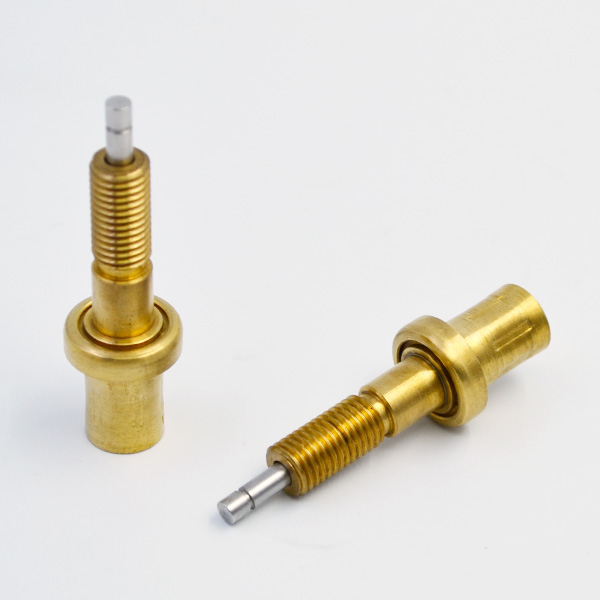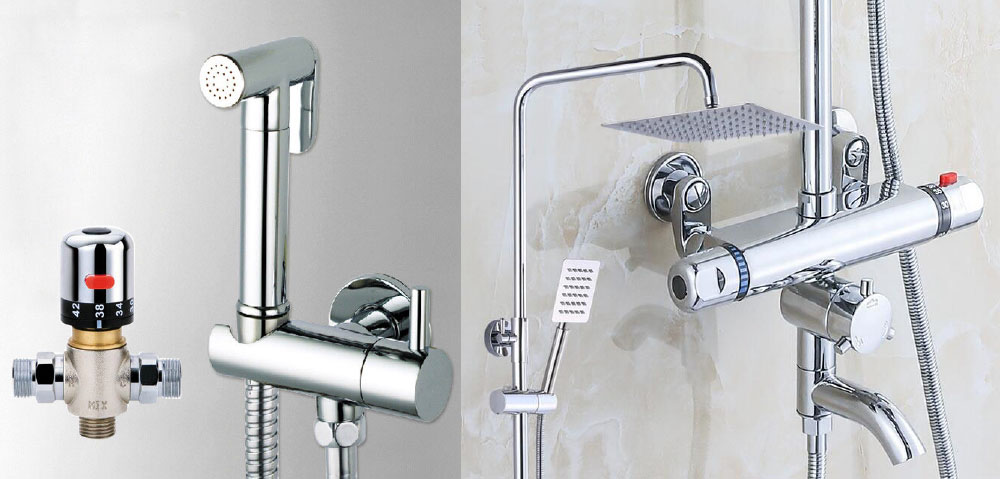Programmable Logic Controller (PLC) is a new automatic control device which integrates computer technology, automatic control technology and communication technology. Because it can change the control process by software, and has the characteristics of small size, easy assembly and maintenance, simple programming, high reliability and strong anti-interference ability, it has been widely used in various fields of industrial control, and is one of the three pillars of modern industrial automation. With the development of secondary vocational education, in order to adapt to the increasingly widespread application of PLC, in recent years, many secondary vocational schools have opened the course of PLC. Professional courses in secondary vocational schools are no less difficult than those in Institutions of higher learning in terms of theoretical requirements, while students at the secondary level have a weak foundation, and the quality of students has been declining in recent years, which has increased the teaching difficulty of teachers in secondary vocational schools. How to teach this course well in Secondary Vocational schools? Therefore, we must adopt some methods to solve the problems of implementation. Programmable Logic Controller (PLC) is an industrial automatic control device developed on the basis of relay contactor control and computer control. It is an application technology of computer technology in the field of industrial control. Since the 1980s, with the rapid development of computer technology and microelectronics technology, the development of PLC in the world has been greatly promoted. Its function is more and more powerful and its application scope is more and more broad. It has been widely used in automatic control of various machinery and production processes. In the past, when the application of PLC was relatively small, only a few technicians needed to master it to meet the production requirements. However, with the expansion of the application scope of PLC and the increasingly powerful function of PLC, the position of PLC in production became more and more important. Only a few professional technicians know the status of PLC can no longer meet the needs of the development of enterprise control technology. Please. Now recruiting and repairing electricians not only need solid basic technology, but also understand the principle and fault identification of PLC technology, frequency conversion technology and computer technology. And for the ordinary operation on the production line, we should also know some basic knowledge about PLC, frequency converter, etc. This can not only facilitate the production operation, but also help the production and maintenance, such as helping maintenance personnel to clear the scope and phenomenon of the fault, shorten the maintenance time, and better ensure the smooth operation of production. This is also in line with the original design intention of PLC, that is, to make the operator easy to use, there is no professional “gap” between computer and traditional electrical control.
In view of the current situation that the electrical graduates of secondary vocational schools are mainly facing the electrical maintenance of enterprises and the distribution of operators after graduation, the author believes that it is very necessary to carry out the teaching of new technologies such as PLC in the electrical teaching of secondary vocational schools. The course of Principle and Application of PLC has five teaching characteristics: multilateral, comprehensive, typical, practical and practical. In the teaching process, there are both general and special, new teaching and review, thermostatic element theoretical and practical training, working principles and programming methods, typical unit procedures and complex training cases. At the same time, students in technical schools are a group with great differences in learning basis, habits and motivation. In the classroom teaching of Principle and Application of PLC, especially in the teaching content of programming method and practical application of PLC, it is most suitable to adopt the bilateral interactive teaching method. Introduce the teaching method of “behavioral guidance” boldly in teaching. In order to do a good job in bilateral teaching, teachers are required to transform static knowledge in textbooks into dynamic teaching information in class in preparation for lessons, and in the process of teaching, we should try our best to create an environment and atmosphere that can realize bilateral teaching, by creating situations, creating questions, discussing together and practicing together, etc. Various teaching methods can effectively carry out bilateral interactive teaching. Not only is the teaching method of programming taught to students by teachers, but also students can get information from all aspects through the task book given by teachers, so as to give full play to students’imagination. This not only cultivates students’thinking ability, but also unconsciously learns how to solve problems while completing the task book. In the process, it also enhances the exchange of information among students. Students are interested in learning, enthusiastic about learning, and the learning effect is guaranteed. Each subject focuses on examples, which come from the life and production around us. Students are interested in teaching topics and realize that what they have learned is useful and can solve practical problems. Their enthusiasm for learning is naturally rising. Therefore, in teaching, teachers should grasp the opportunity, combine the characteristics of teaching materials, and introduce the things that students are interested in into the classroom. These things are close to students’daily life, while not deviating from the teaching materials. The easier the students understand the knowledge they have learned, the more interested the students are in learning, and the more conscious and active the students are learning. Actively use this point to guide students to think actively, so as to start teachers to ask questions, stimulate students’interest, guide students to analyze problems, and how to solve problems.

Gradually, students ask questions and analyze them to solve them by themselves. This not only improves students’interest in learning PLC knowledge, but also improves students’ ability to analyze and solve problems. Examples of the subject come from production and life. We all explain to the students the problems we need to deal with clearly, and guide the students to deal with specific solutions, steps and directions.
Through the study, practice and accumulation of many examples, students can gradually improve their ability to solve practical problems. We know that moderate stress is the source of motivation. In order to enable students to participate actively, our teachers should implement unit clearance system in the teaching process to enhance students’sense of moderate urgency in learning. The last step of each subject teaching is a small test. The content of the test is similar to that of the subject.

At the end of a unit, a unit comprehensive test is carried out. After the implementation of the unit clearance system, the students are more motivated to learn. It is also an indispensable part of teaching work to check students’mastery of the subject and timely check for leaks and vacancies through tests. Through the above several aspects of teaching methods, can improve the vocational school students’PLC application ability, in order to meet the job requirements. Teaching practice has proved that only through the practical training of PLC simulation project, let students program, connect and debug in person, and analyze and improve the problems encountered in the operation process, can students truly cultivate their innovative thinking and comprehensive professional ability, and truly realize “zero distance” in the application field of PLC technology after graduation. The ultimate teaching goal of Gang.
